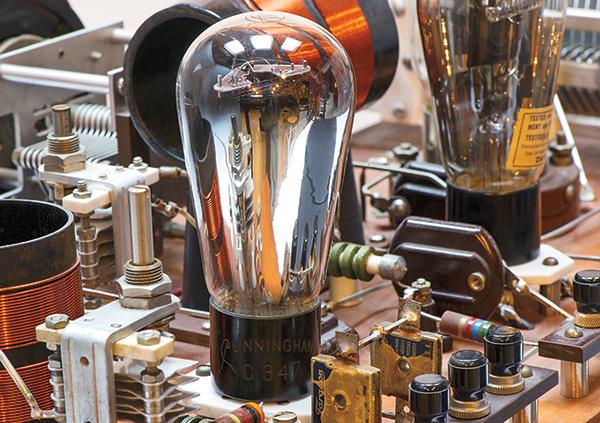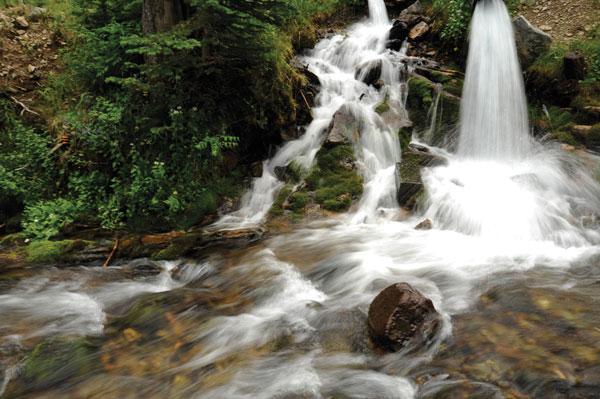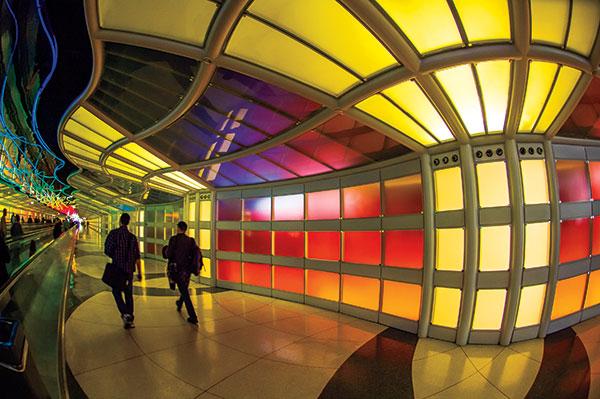Pro Techniques
Sort By: Post Date TitlePublish Date
|
Dec 30, 2016
|
Mar 08, 2016
|
Feb 02, 2016
|
Jun 24, 2015
|
Mar 27, 2015
|
Mar 20, 2015
|
Feb 17, 2015
|
Dec 24, 2014
|
Nov 24, 2014
|
Nov 21, 2014
|
Oct 29, 2014
|
Sep 30, 2014
|
Sep 16, 2014
















